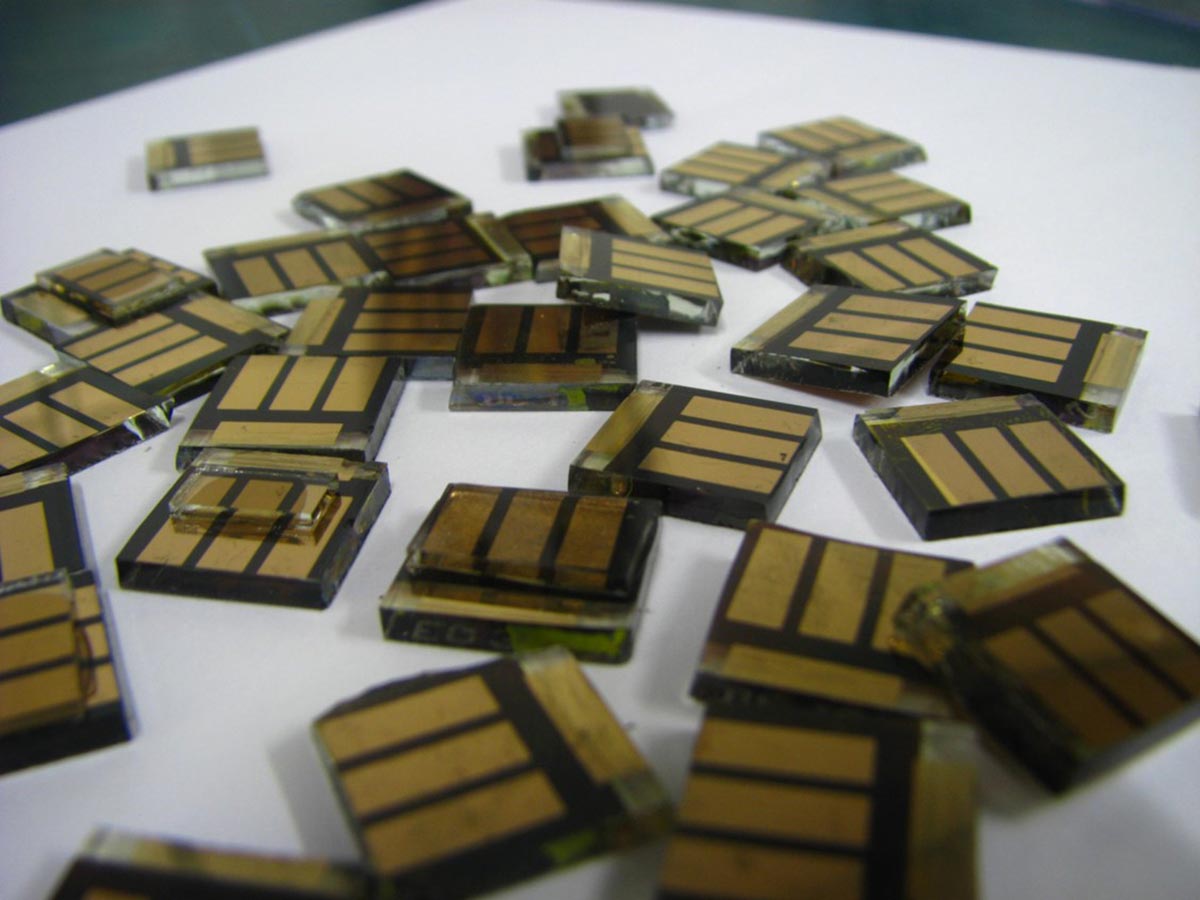A Korean research team has improved the efficiency and lifespan of tin halide perovskite solar cells by using a novel additive, 4PTSC. This enhancement allows the solar cells to maintain high performance over longer periods, promising cheaper and more sustainable energy solutions.
In light of the ongoing energy crises and climate change, solar energy is becoming an increasingly attractive energy solution. As the adoption of solar panels expands across both sprawling rural areas and dense urban landscapes, researchers are diligently working to advance existing photovoltaic technologies and achieve new heights in sustainability.
While many types of photovoltaic materials are being studied, perovskites are undoubtedly among the most promising due to their potential for low-cost production and higher efficiency. In particular, tin halide perovskites (Sn-HPs) serve as powerful alternatives to the exceptionally high-performing lead (Pb)-based perovskites. Given that Sn is significantly less toxic to the environment than Pb, research into Sn-HPs is a worthwhile endeavor.
Unfortunately, perovskite solar cells (PSCs) made from Sn-HPs still face several challenges that need to be addressed. Specifically, the rapid and disordered crystallization during production leads to the formation of defects in the crystal structure of the perovskite layer, which hampers conversion efficiency. Additionally, Sn-HPs suffer from low stability and high sensitivity to moisture and ambient conditions, limiting the overall lifetime of PSCs made from them.
Breakthrough in Perovskite Solar Cells
Now, a research team from Korea may have found an elegant and efficient solution to these issues. In this study, recently published in Advanced Energy Materials, the team revealed that introducing 4-Phenylthiosemicarbazide (4PTSC) as an additive during the production of Sn-HPs can boost the performance of PSCs.
The Role of 4PTSC in Enhancing PSCs
Through extensive analyses and experimental comparisons between regular Sn-HP PSCs and those containing the proposed additive, the researchers showcased the multiple functionalities of 4PTSC as an additive. “We purposely chose a multifunctional molecule that acts as a coordination complex and a reducing agent, passivates defect formation, and improves stability,” explains Associate Professor Dong-Won Kang from Chung-Ang University, who led the research. But what does this mean?
Since 4PTSC functions as a coordinating ligand, it can effectively regulate the process of crystal growth. On the one hand, the π-conjugated phenyl ring in the 4PTSC molecule promotes preferred crystal growth orientation, minimizing the formation of defects. Interestingly, 4PTSC also passivates any defects that do form through the chemical coordination of 4PTSC and SnI2. In turn, this shields the perovskite surface and prevents uncoordinated Sn2+ and halide ions from participating in unwanted reactions. What’s more, the –NH2 nucleophilic sites in 4PTSC further hinder SnI2 oxidation and ion migration, improving the stability of the PSCs.
Performance and Sustainability Implications
Thanks to this powerful additive, the researchers were able to produce PSCs with unprecedented performance. “The 4PTSC-modified devices achieved a peak efficiency of 12.22% with an enhanced open-circuit voltage of 0.94 V and exhibited superior long-term stability, retaining almost 100% of the initial power conversion efficiency, even after 500 h and about 80% after 1200 h in ambient conditions without any encapsulation. This is different from the marked degradation observed in control devices within the first 300 h,” highlights Kang.
Prospects for Renewable Energy Innovation
Given that Sn-HPs are relatively inexpensive to manufacture and demonstrate good performance and great durability, the findings of this study could pave the way to more accessible and long-lasting solar panels. In turn, this can help in making energy cheaper for the general population while staying in line with current sustainability goals. “Addressing the key challenges of Sn-HPs and significantly improving their performance aligns with our goal of contributing to developing efficient and sustainable renewable energy solutions, thereby advancing green technologies and promoting a sustainable future,” concludes Kang.
The researchers hope further efforts in this growing research field lead to a revolution in how we generate clean energy.
Reference: “4-Phenylthiosemicarbazide Molecular Additive Engineering for Wide-Bandgap Sn Halide Perovskite Solar Cells with a Record Efficiency Over 12.2%” by Padmini Pandey, SungWon Cho, Jitendra Bahadur, Saemon Yoon, Chang-Mok Oh, In-Wook Hwang, Hochan Song, Hyosung Choi, Shuzi Hayase, Jung Sang Cho and Dong-Won Kang, 10 April 2024, Advanced Energy Materials.
DOI: 10.1002/aenm.202401188





















Discussion about this post